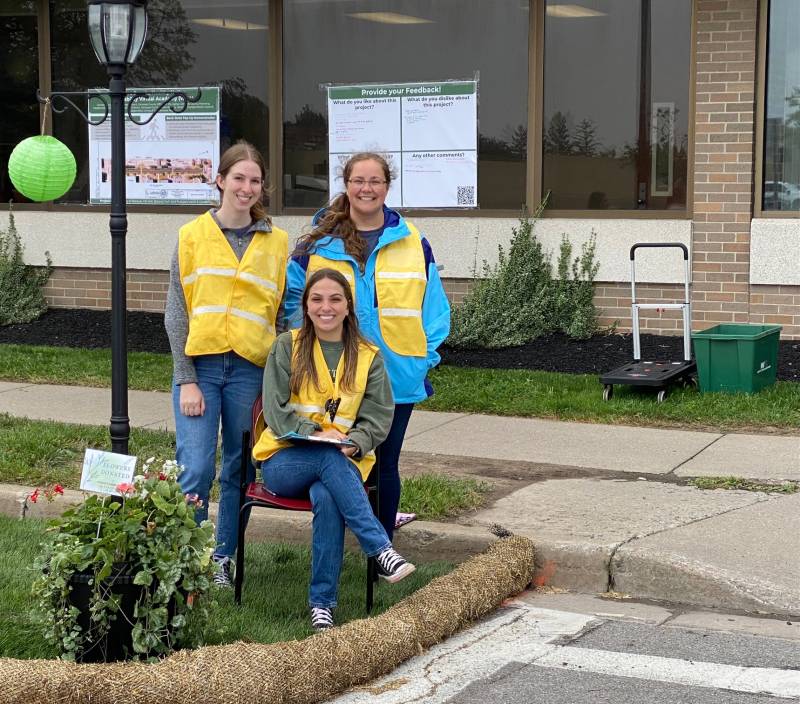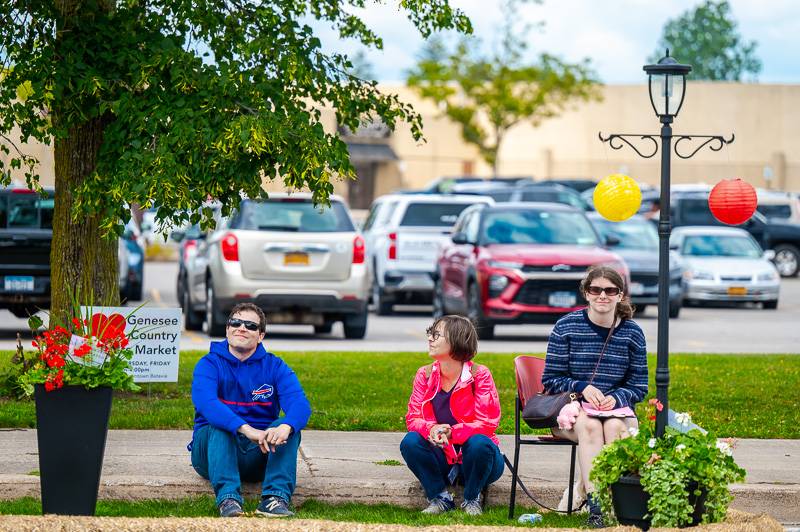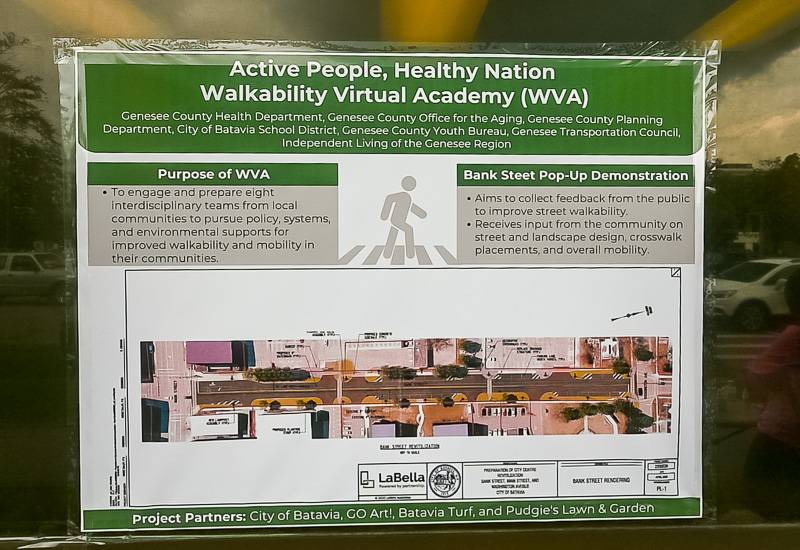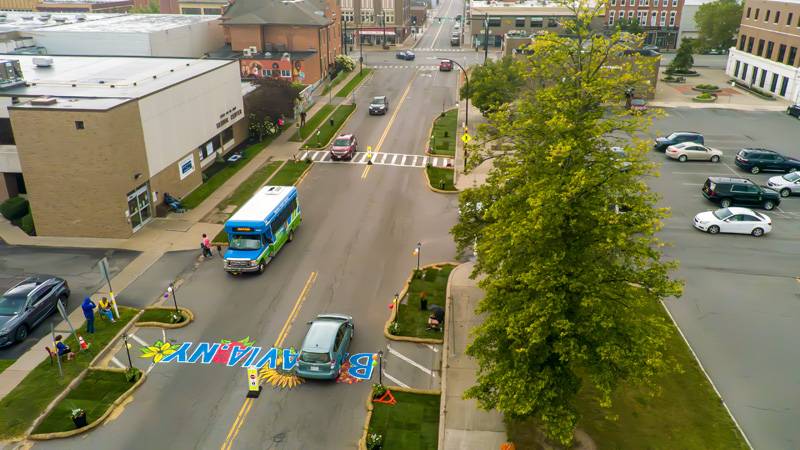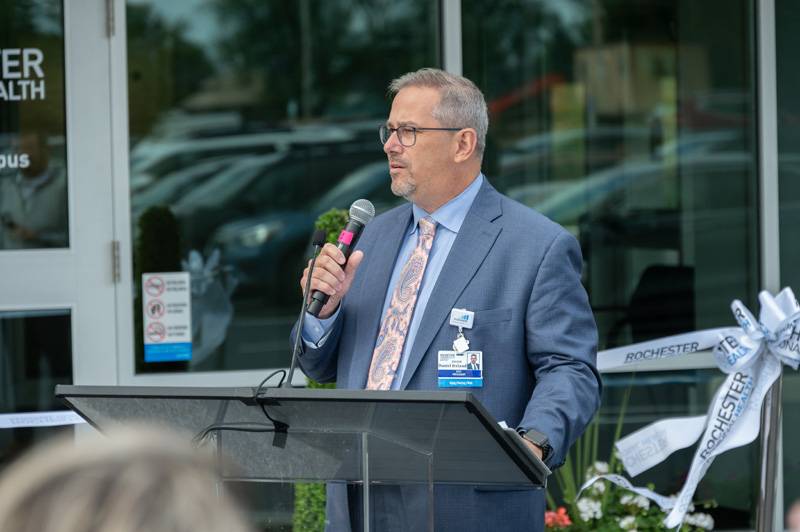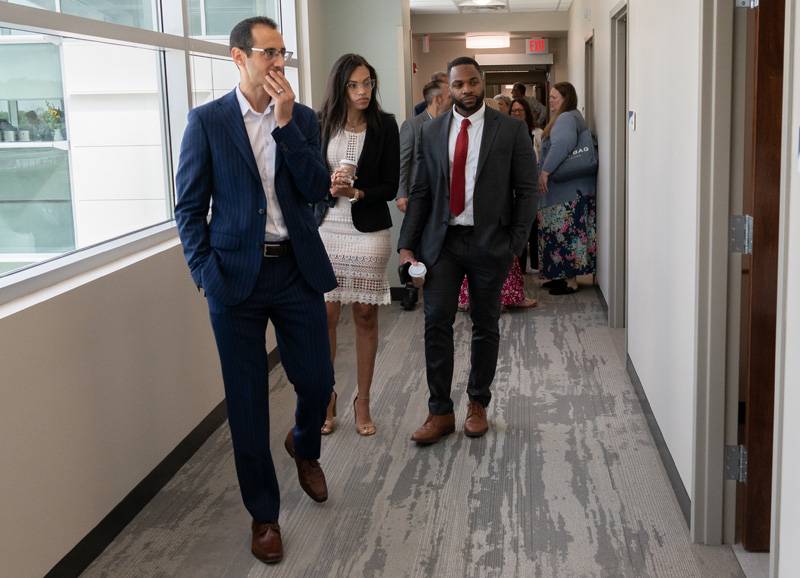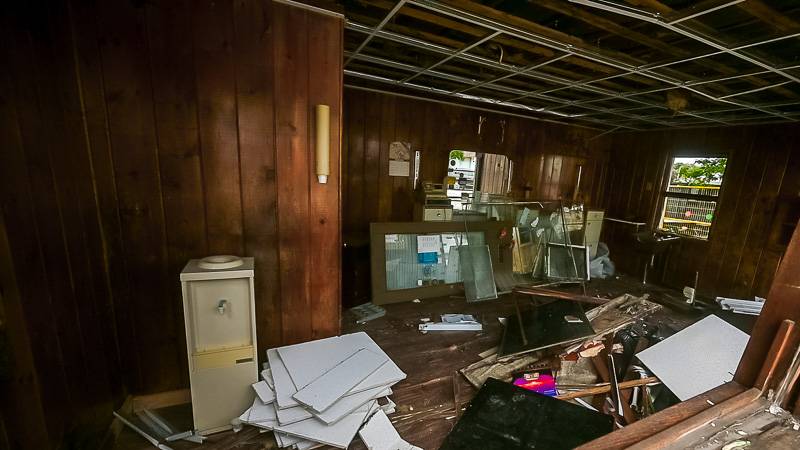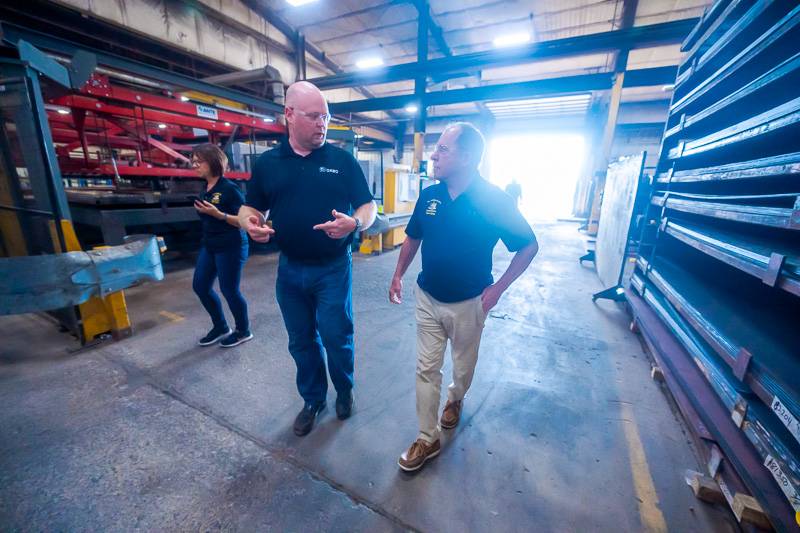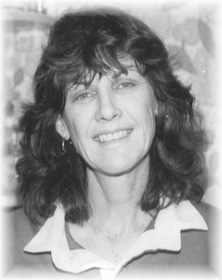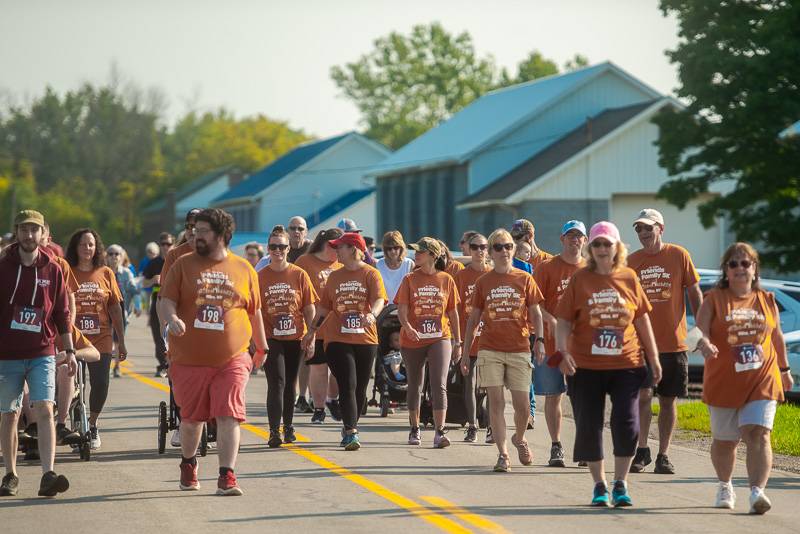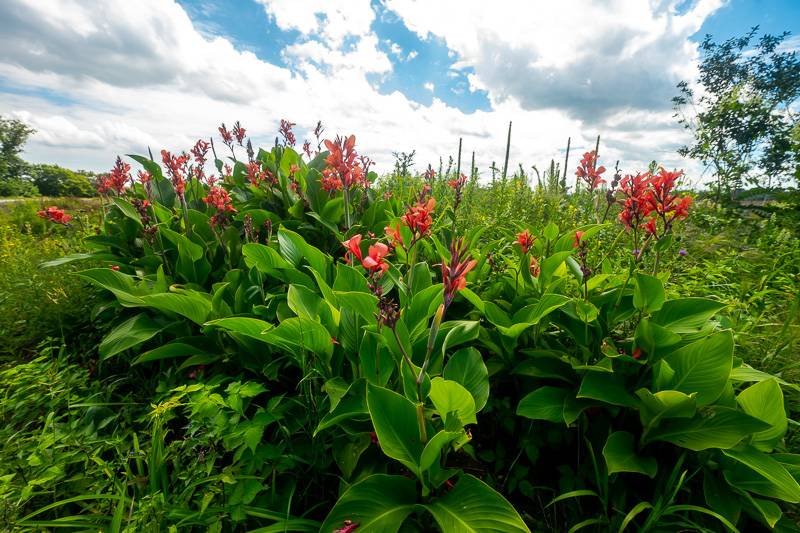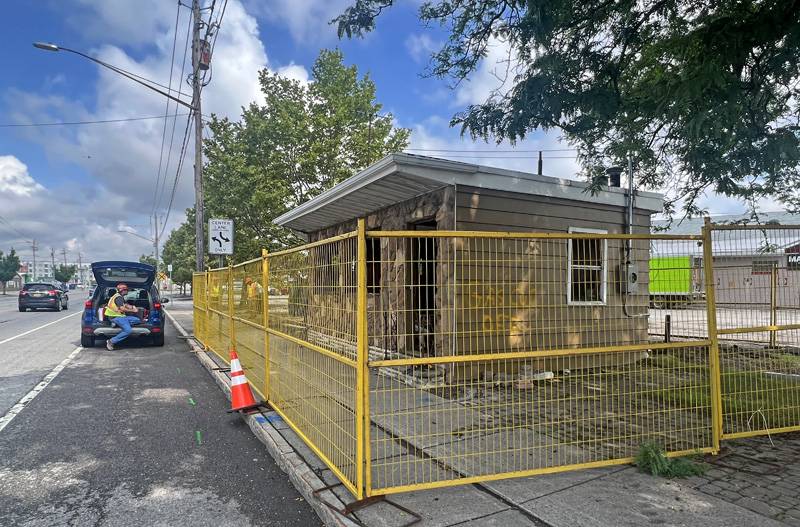Schumer says WNY to become America’s semiconductor superhighway
Press Release:
After years of relentless advocacy to bolster Upstate NY’s innovation and manufacturing industries, U.S. Senate Majority Leader Charles E. Schumer announced the Rochester-Buffalo-Syracuse region have joined forces with a proposal to become a federally-designated Tech Hub in the first-of-its-kind nationwide competition created in his CHIPS & Science Bill.
The proposal, entitled the New York Semiconductor Manufacturing and Research Technology Innovation Corridor Consortium (NY SMART I-Corridor), would build on the historic investments Schumer delivered that have spurred a boom in semiconductor manufacturing and innovation investments in Upstate NY.
The three-region proposal would use targeted federal assistance to help attract new companies, strengthen domestic supply chains, launch startups & support innovation, expand workforce training, connect underserved communities to good-paying jobs, and revive this critical industry integral to America’s national security and economic competitiveness.
Schumer has personally written to Commerce Secretary Raimondo on behalf of Rochester, Buffalo, and Syracuse, making the case that their proposal is best suited to help drive forward stronger semiconductor and broader microelectronics industries for the entire nation.
“From Rochester to Buffalo to Syracuse the I-90 corridor has everything it takes to become America’s semiconductor superhighway. The NY SMART I-Corridor Tech Hubs proposal would tap into Upstate NY’s booming microchip industry, training our workforce for tens of thousands of good-paying jobs and supercharging R&D, all while helping attract new major employers in supply chain industries and bringing manufacturing in this critical industry back to America,” said Senator Schumer.
“Each city has superb academic centers and each brings with it a unique set of assets with Micron’s historic investment in Central NY, Rochester as one of the leading centers in research & innovation, and Buffalo as one of the great manufacturing powerhouses that built America in the last century and is primed to do the same this century. Together they are a killer combination that can make Upstate NY a global leader for semiconductors with targeted federal investment from the Tech Hubs program. I originally proposed the Tech Hubs program years ago as part of my bipartisan Endless Frontier Act with Upstate NY in mind, and was proud to create the Tech Hubs competition in my CHIPS & Science Bill. This proposal is everything I envisioned, ensuring America’s future is being built in the places that helped build our nation as powerhouse manufacturing centers, and nowhere is better primed and more capable than Rochester, Buffalo, and Syracuse to rebuild this critical industry for our nation.”
Schumer explained that the first-of-its-kind nationwide Tech Hubs Competition is an economic development initiative that he originally proposed in his Endless Frontier Act. The senator was able to finally create the competition in his CHIPS & Science Bill, which included a $10 billion authorization for the Tech Hubs program and was signed into law just over a year ago.
Schumer secured an initial infusion of $500 million in last year’s spending bill to jumpstart the competition. The competition is designed to strengthen a region’s capacity to manufacture, commercialize, and grow technology in 10 key focus areas. The program will invest directly in regions with the potential to transform into globally-competitive innovation centers in the next decade to bring critical industries back from overseas and create good-paying jobs for American workers.
Schumer said the NY SMART I-Corridor proposal would bring together the combined assets of Buffalo, Rochester, and Syracuse to help the region become a globally-recognized semiconductor manufacturing hub in the next decade, with innovation focused on improving the quality and quantity of semiconductor manufacturing and, along with it, amplifying the region’s microelectronics and microchip supply chain ecosystem.
Schumer explained that the Tech Hubs program is being rolled out in two phases. The first phase of awards that the NY-SMART I-Corridor has applied for will designate promising Tech Hubs across America and provide strategy development grant awards to accelerate their development— the joint Buffalo, Rochester, and Syracuse proposal has applied for both types of awards.
The EDA expects to designate at least 20 Tech Hubs across the country, and only those that receive the Tech Hubs designation in the first phase will be able to apply for Phase 2 implementation awards. These awards are designed to be larger, multi-tens of millions of dollars each for a first infusion, in order to fund several key initiatives to make the Tech Hub a success.
The Buffalo-Rochester-Syracuse consortium includes over 80 members from across the public sector, industry, higher-ed, economic and workforce development, and labor communities. This includes over 22 industry groups and firms, 20 economic development organizations, 8 labor & workforce training organizations, and 10 institutions of higher learning.


